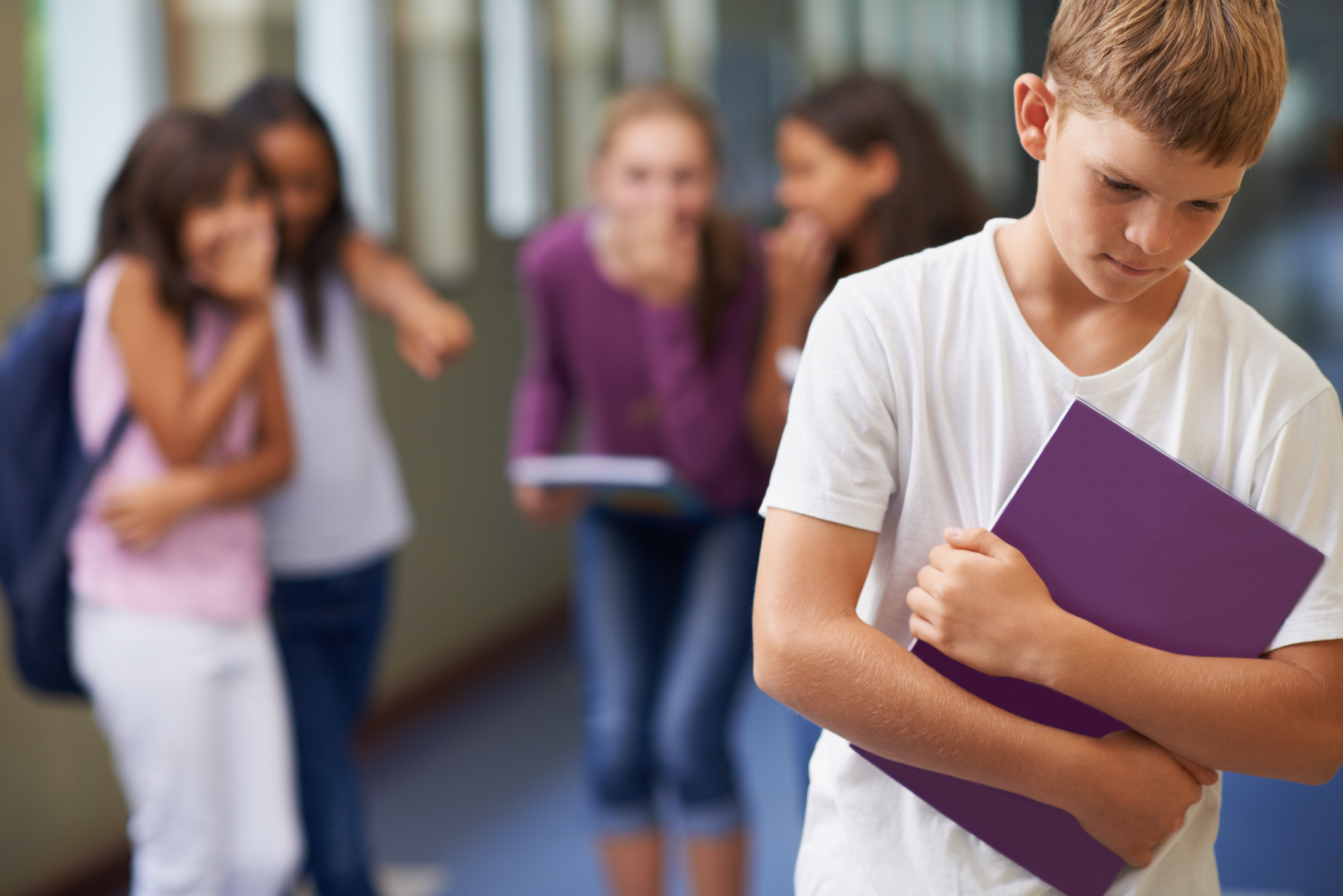In today’s society bullying has become a common part of childhood. In countries throughout the world national surveys indicate that the majority of children and teenagers have experienced some form of bullying in the past 12 months. One in four reported they had been verbally bullied, while one in seven experienced physical bullying. Up to one in 10 reported experiencing a combination of both. Even the Duchess of Cambridge, Kate Middleton, was bullied at school and is now passionate about helping support children’s mental health and wellbeing.
Bullying has three main features:
- It involves a misuse of power in a relationship
- It is ongoing and repeated, and
- It involves behaviours that can cause harm.
Behaviours that do not constitute bullying include:
- mutual arguments and disagreements (where there is no power imbalance)
- not liking someone or a single act of social rejection
- one-off acts of meanness or spite
- isolated incidents of aggression, intimidation or violence.
These encounters need to be addressed and resolved but are not classified as bullying behaviours. Research has shown that before the age of eight nastiness is largely unintentional due to young children’s lack of recognition about how their actions impact on others. But after eight years of age their cruelty becomes more intentional as from this age the majority of children are aware of the consequences of what they are doing.
Numerous studies have found that children who have experienced severe bullying are at higher risk of developing significant mental health problems, anxiety, depression and suicidal ideation. Therefore, it’s important to identify if bullying is occurring and develop a plan to deal with it immediately. Warning signs of bullying can include: feeling sick, stomach aches, headaches, unexplained injuries, loss of personal items such as books, clothes, phones, jewellery, swimmers, declining grades, not wanting to go to school, a change of sleeping or eating habits, loss of interest in doing things socially with friends, decrease in self-esteem, increase in negative self-talk and self-harm behaviours.
Many parents feel lost and unsure of how to help their children navigate this social nightmare. They fear for their child’s well-being but feel powerless to change peer dynamics and this often leaves them feeling helpless. One of the most common reasons parents came to see me in my role as a guidance counsellor was to ask for advice on how they could help their child handle a bullying situation at school. The good news is that there are five easy ways that parents can help their children handle bullying.
- Listen to them, let them know that you believe them, communicate that you are sorry for what they are experiencing, and support them to problem-solve solutions when they are ready for that. Let them know you’re in it together and you’re going to help them figure out a way to deal with it.
- Reinforce that reporting unkind, cruel behaviour is not snitching; telling someone about mean actions is the right thing to do, including when they witness other kids being bullied. Bullies function by making their victims feel powerless, by telling an adult about bullying kids can start to re-balance the power dynamic and the bully immediately begins to lose power. Alerting an adult is not weakness, but rather a brave powerful strategy.
- Teach your kids about using assertive communication – simple, unemotional language that lets the bully know that they do not intend to be a victim. Coach them in how to use these in different situations. Help them practice using body language that reinforces their words e.g. maintaining eye contact, keeping their voice calm and even, standing up straight with shoulders back at an appropriate distance from the bully and using the bully’s when speaking to them. These actions portray calm confidence and a bully will detect less potential for exerting power and control. Practice role playing different scenarios and how they could respond to a bully, so your child gets comfortable using these skills.
- It’s also important for kids to understand that instead of observing bullying behaviour from the sidelines, they can be part of the solution. Talk to them about age appropriate ways they could intervene to help a child who is being bullied the best interventions have been found to be:
Partnering with the victim to remove them from danger – Physically standing with the victim if it’s physically safe, turning them away from the bully and walking in the direction of adult help whilst saying something like “I’ve been looking for you” or “You look upset” or “The teacher wanted me to find you.”
Get help – Enlist other kids support for the victim by calling them over saying, “We need your help.” The group can then confront the bully by saying “Stop being mean,” and encourage the victim to walk away with them: “C’mon, let’s go!”
- Alert the school to the problem and find a teacher, guidance counsellor or administrator who both you and your child feel comfortable talking with – this will be at separate times but shows your child that you trust that person to help. Schools take bullying very seriously and want to work with families to address issues.
By working together as a team with your child, and using the above strategies and ideas, you can help them cultivate a resilient mindset that prepares them to handle any bullying they encounter.
You may also like to read:









